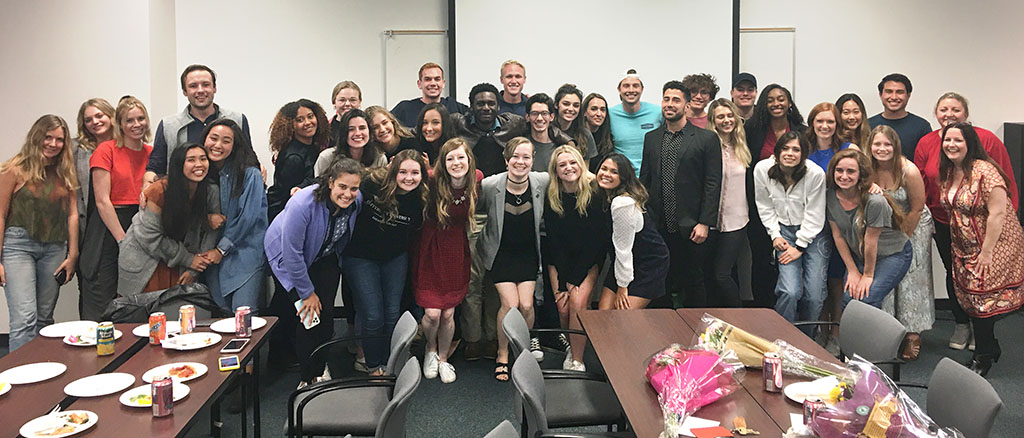 How Award-Winning Student Newspaper Editorials Framed COVID-19
How Award-Winning Student Newspaper Editorials Framed COVID-19
By Brittany L. Fleming
and Emily A. Dolan
Slippery Rock University
Abstract: The current study explored the content of initial COVID-19 editorials from award-winning student newspapers across the country in an effort to understand how these editorials framed the issue. Using both qualitative and quantitative analyses, we found that top student newspapers framed the issue largely around morality and economic issues. Other frames were also employed (e.g., conflict), albeit to a lesser extent. Our analyses also provide details on the common language editorials employed within each frame and how frames were strategically employed across editorials. Our discussion provides an in-depth analysis of the structure of initial COVID-19 editorials and a framework for editorial reporting on crises in the future is proposed. Continue reading “Research (Vol. 58): What’s in an Editorial Frame?”
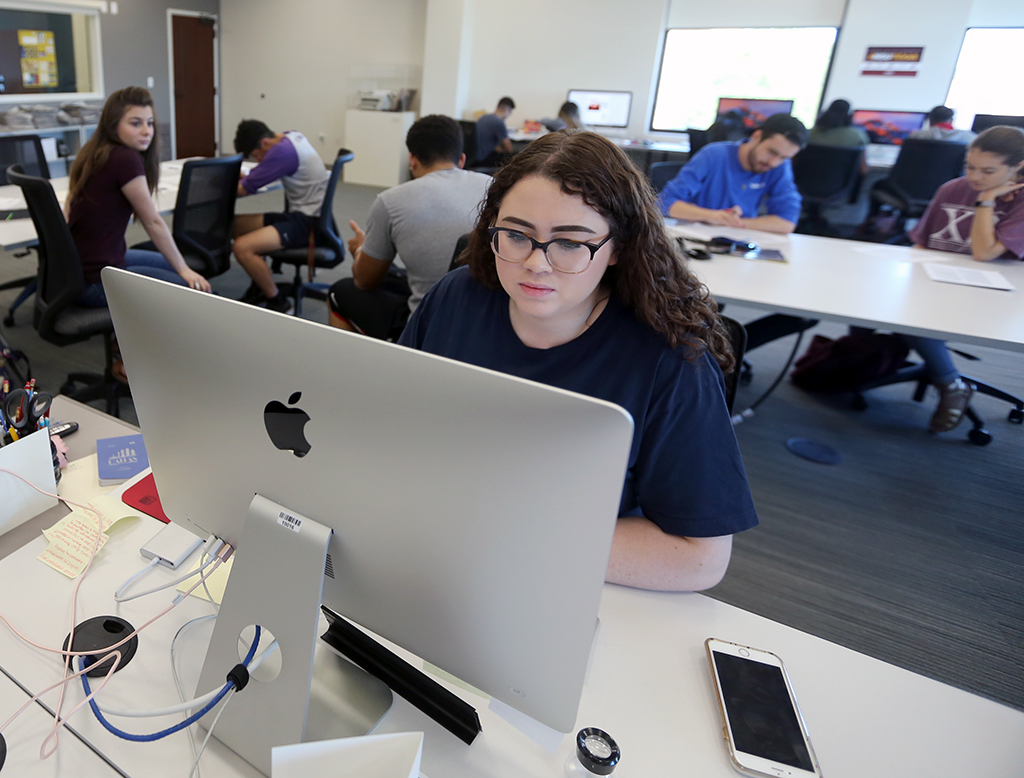
 The fourth annual “State of College Media” survey provides a snapshot of what college media operations face and also identifies industry trends. Approximately 135 CMA members nationwide completed the survey, which was distributed electronically on June 4, 2020.
The fourth annual “State of College Media” survey provides a snapshot of what college media operations face and also identifies industry trends. Approximately 135 CMA members nationwide completed the survey, which was distributed electronically on June 4, 2020.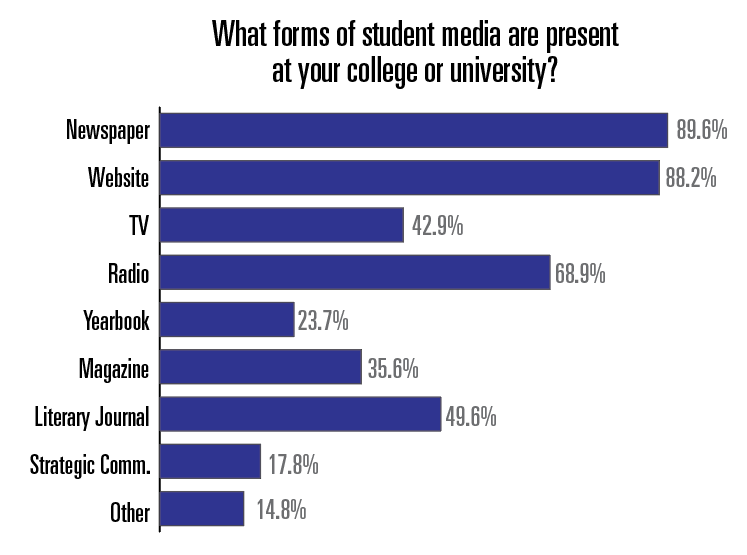
 Writer-coaching is not a new concept
Writer-coaching is not a new concept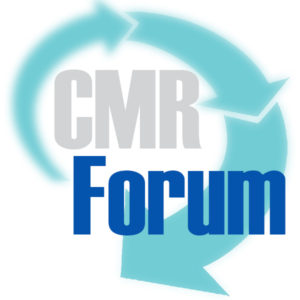 Now summer break prep begins: pull out that list of goals from last August and see what was accomplished, what was diverted, what needs reviewing, and what can be tackled over the summer break – research, training, intern development, conference attendance or presentation, tech purchases, check check check.
Now summer break prep begins: pull out that list of goals from last August and see what was accomplished, what was diverted, what needs reviewing, and what can be tackled over the summer break – research, training, intern development, conference attendance or presentation, tech purchases, check check check. A case study of 50 years of corrections in a college newspaper
A case study of 50 years of corrections in a college newspaper Balancing Act: Launching a research program requires give-and-take
Balancing Act: Launching a research program requires give-and-take Research Director Vince Filak, UW-Oshkosh Professor and then-adviser of The Advance-Titan, led the session, and he opened by suggesting looking at one’s own campus media newsroom to start.
Research Director Vince Filak, UW-Oshkosh Professor and then-adviser of The Advance-Titan, led the session, and he opened by suggesting looking at one’s own campus media newsroom to start. Adjustments from COVID-19 may mark permanent changes for student newspapers
Adjustments from COVID-19 may mark permanent changes for student newspapers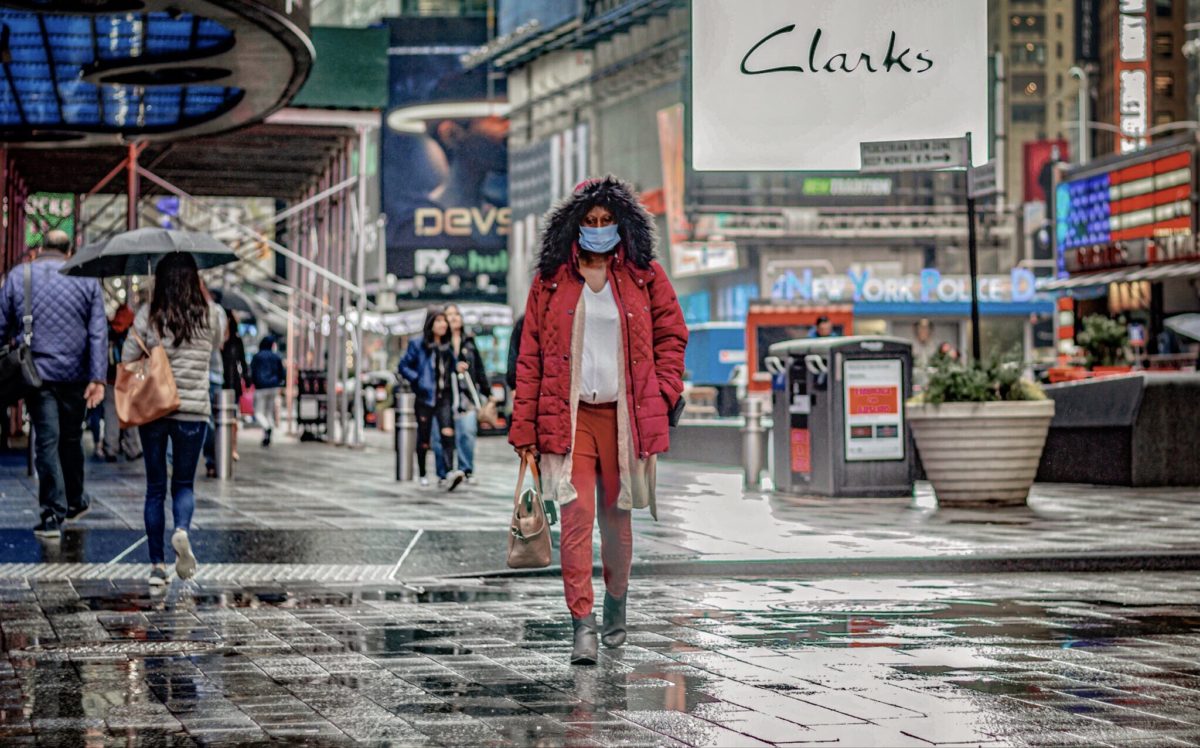
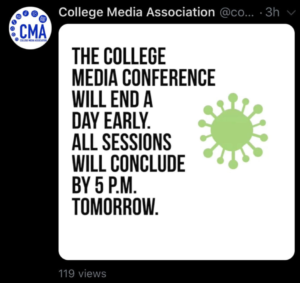 Under the guidance announced by Cuomo, most gatherings of more than 500 people were banned, including the College Media Association conference.
Under the guidance announced by Cuomo, most gatherings of more than 500 people were banned, including the College Media Association conference.